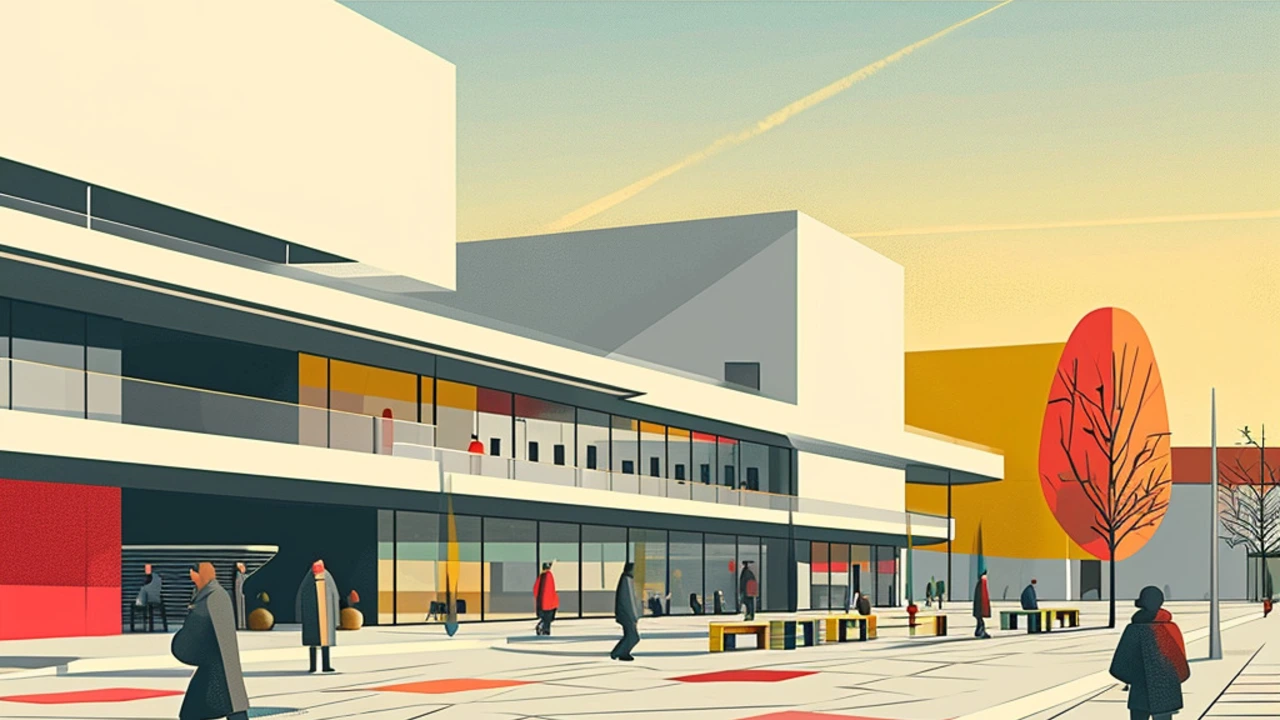Enduring Art Styles: A Quick Guide to Movements That Still Matter
Enduring art styles still shape what we see in museums, homes, and screens. They include movements from Baroque to Bauhaus, Cubism to photorealism. Knowing their basics helps you spot influences and pick styles for your space or collection. This guide points to key movements, what makes them stick, and simple ways to explore them.
Key traits to recognize
Start with clear traits. Baroque uses drama, strong light, and motion. Gothic focuses on height and detail in architecture and sculpture. Cubism breaks forms into shapes and shows many viewpoints at once. Constructivism favors bold geometry and function in design. Bauhaus blends craft with practical, stripped-down style for everyday objects. De Stijl cuts things to simple grids and primary colors. Abstract expressionism trusts emotion, big gestures, and texture. Fluxus plays with performance, chance, and humor. Photorealism chases exact surface detail. Land art uses landscape itself as the medium. Installation art builds immersive environments. Ukiyo-e influences pattern, flat color, and storytelling. Understanding these features makes it easier to read images and spaces.
Why do some styles endure? Many solved a clear problem. Bauhaus answered how to build useful, beautiful objects for modern life. De Stijl gave designers a simple visual language that works for posters and screens. Baroque satisfied a desire for intense emotion, which still moves people. Others endure because artists keep returning to them and remixing the ideas. When an approach adapts to new tools—like futurism inspiring smart city design—it keeps living.
How to explore and use them
Where to start exploring? Visit a museum or a local gallery and pick one style to focus on. Look for telltale signs: color palettes, brushwork, symmetry, and material choice. Read one focused article rather than whole books at first. For example, read about Bauhaus design and then look at your furniture and apps to spot its influence. Use image searches with specific terms like "photorealism portraits" or "Bauhaus furniture" to build visual knowledge fast.
Want to mix styles at home? Use one strong element from a movement. Try a Bauhaus lamp with a Baroque mirror. Keep scale and color consistent so pieces talk to each other. In interiors, modernize older styles with matte finishes, simple frames, or neutral backdrops. For art making, pick a rule to break: use cubist composition but with photorealistic detail, or apply land art thinking to a backyard project.
Final tips for collectors and makers. Focus on quality over trends. Learn a few artist names from each movement—Pollock for abstract expressionism, Mondrian for De Stijl, Duchamp for early avant-garde—and then trust what moves you. Keep notes and images to track favorites. A small focused collection or practice habit grows into a deeper understanding faster than random browsing.
Start a one month project. Week one: pick a movement and collect five images showing its hallmarks. Week two: read two short articles or watch a ten to fifteen minute video about the movement. Week three: try a small creative task inspired by it — rearrange a shelf, sketch a study, or photograph textures. Week four: compare what you made with original works and note differences. Repeat with another movement. Also join local art talks, follow museum feeds, and bookmark three artists you want to learn more about. Small, focused steps help you learn faster.
Now go look at one piece and ask: which rule does it follow, and how could I use that idea today?

